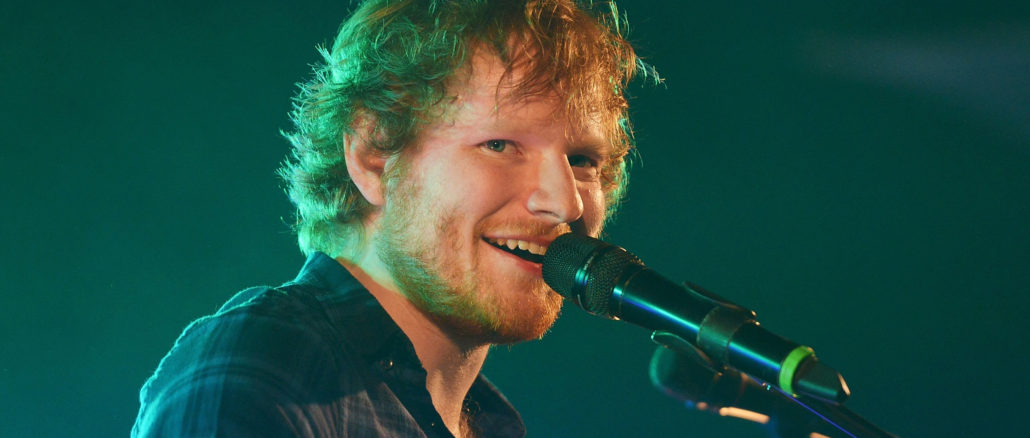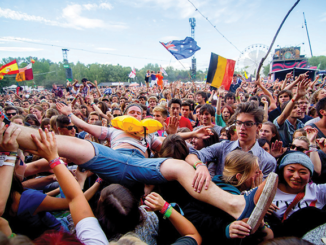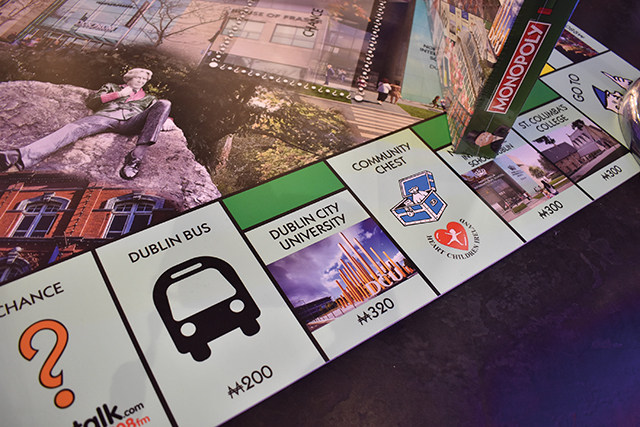
Turn on the radio, tap open Spotify or flick on the telly- the world has lost its mind once again for the uber successful Ed Sheeran.
Having released his third studio album, ‘Divide’, the 26-year old singer has once again sky-rocketed to the top of the charts.
The album’s first singles, released simultaneously, overtook the charts with no hassle and Spotify Ireland’s Top 50 chart has remained for weeks with numbers one to 16 being Sheeran’s songs off the new album.
His entire record completely dominated the charts. Is this fair, or is the current way of processing charts outdated and in the need of a shake-up?
According to Apple, iTunes charts are calculated by sales. Spotify sort their charts giving priority to the songs most listened and Billboard rank their charts by ‘radio airplay audience impressions’, this being the greatest number of listeners present when a particular song is played.
This shows that each singles chart has its own way of calculating what song or album goes to the top- each chart is said to be ranked by ‘popularity’ and so it’s fairly obvious that Spotify will rank their songs by the number of times it has been played.
Although it may seem surprising that iTunes rank their charts by the number of purchases- not the number of times a song has been played- Google Play orders their charts also by giving priority to those with most purchases. This is an interesting system, but one which means that the songs that are already fast sellers, are more likely to keep selling.
However, Billboard doesn’t make a profit off the songs or artists which reign at the top of their charts. Neither does Spotify- once a member buys Premium, it doesn’t matter much to Spotify which songs they listen to. The case is different for music channels and radio stations. The more popular the songs which they play are, the more people are likely to tune in and listen. Chart countdowns usually play in the evenings, at around 7pm or 8pm.
There are always extreme cases, and Sheeran-itis is one. The Billboard Hot 100 still sees ‘Shape of You’ to be hanging around, either in first or second place, with ‘Castle on the Hill’ being further down the list. At the time of writing, Spotify’s Ireland Top 50 still sees Sheeran dominating pretty much the entire top 17 slots, bar three exceptions. iTunes sees Sheeran at the coveted number one and two slots. Is this fair?
I believe it is. Although Sheeran’s powerful dominance of the charts may seem pretty ridiculous, it’s just. It’s not like he’s paying Spotify or Billboard or iTunes (not that we know of, anyway) to put his songs at the top. They’re there because people have been going legitimately crazy over ‘Divide’. His album is everywhere, his shows are selling out in a few minutes- he’s worked incredibly hard and I believe deserves to see his songs (note the plural) at the top, because people do actually love them that much.
If restrictions were put in place, then this would mean an inaccurate portrayal of what really is the top 100. For example, if an artist had a limit of two slots in the top 10 to make space for other artists in the interest of fairness, this would depict an inaccurate portrayal of what really is the top 50.
If a chart ranks Top 20 Artists, then yes, it makes sense that one artist is allowed one slot, with their most popular song being placed in that slot, as an artist can’t be both second best and fifth best.
If one artist floods the top 100 charts- in this case, Ed Sheeran- so be it. It gives deserved credit to those that are working hard in the industry and doing well, and hence are awash with popularity.
It doesn’t matter if we love or hate charts- we all listen to them at some stage and sometimes, it’s just interesting to see what songs are at the top. Having then heard them, we can judge whether they are worthy of being at the top. Then, we have the chance to yell ‘That’s trash, how is it number one?!’ or, ‘Turn it up, it’s my favourite song!’
Gabija Gataveckaite



